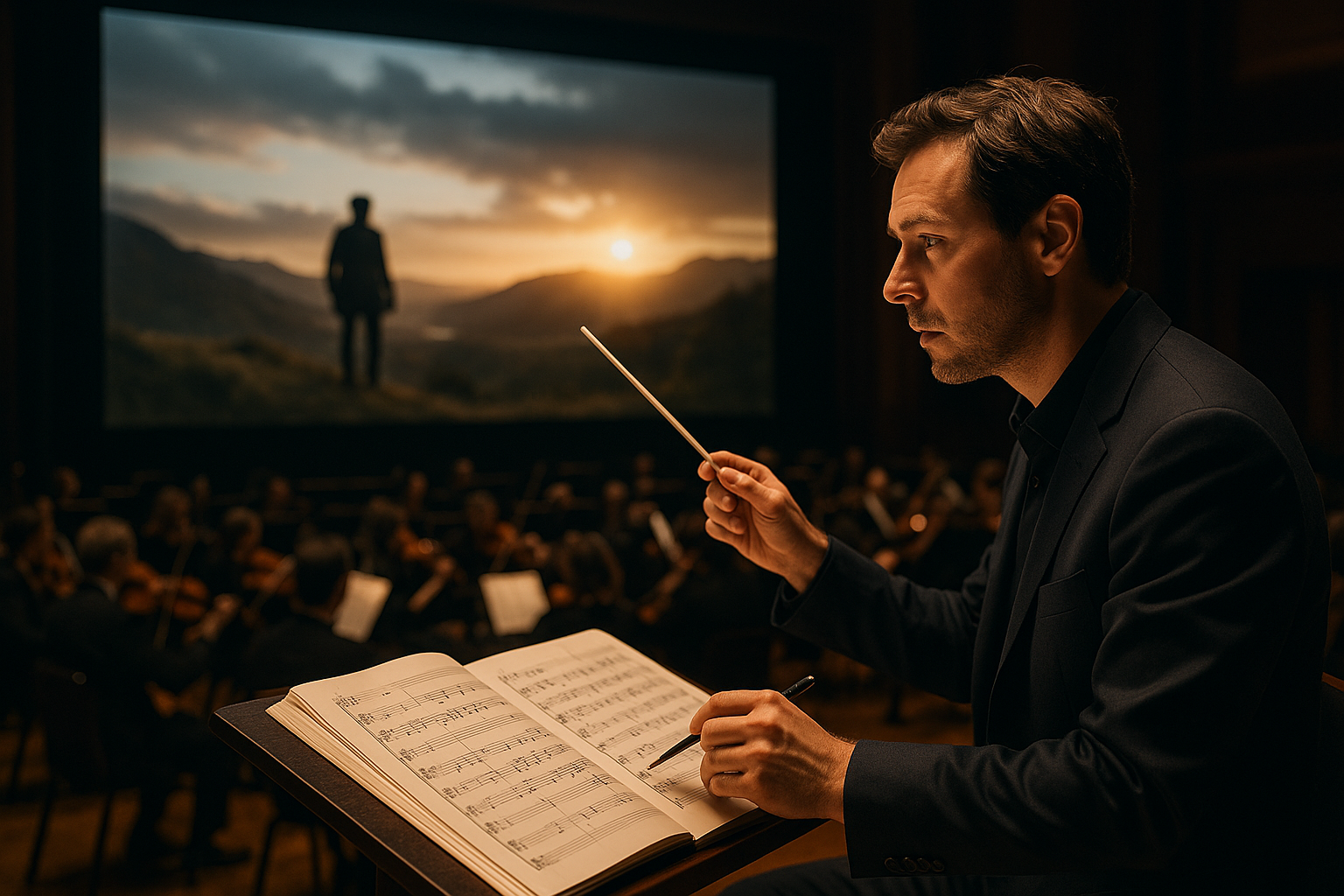Monetization Models for Digital Music Distribution
Digital music distribution offers multiple ways for creators to earn from recordings, syncs, and performances across streaming platforms, direct sales, and licensing. This article outlines common monetization models, how rights and royalties are managed, and practical platform and pricing considerations for musicians working with film, theater, podcasts, and live events.

How does streaming generate revenue for music?
Streaming services pay out based on a mix of factors: subscription revenue pools, advertising income, and user engagement metrics. Payments typically flow through distribution partners and collecting societies before reaching rights holders. For many artists, streaming provides recurring income tied to play counts, but per-stream rates vary by territory, platform, and whether the listener used a paid or ad-supported tier. Streaming also interacts with other media: placements in film or cinema playlists, or inclusion in theater and gallery soundtracks, can drive additional listens and exposure.
What role do podcasts and licensing play?
Podcasts and licensing are distinct monetization avenues. Licensing a track for a podcast, film, or commercial supplies a one-time sync fee plus possible backend royalties, depending on contract terms. Podcasters may also license music for theme tunes or episodic use, creating steady catalog income. Licensing requires clear ownership documentation and often benefits from a publisher or rights administrator who can negotiate terms and ensure performance and mechanical royalties are collected when content airs on radio, streaming platforms, or in cinemas and exhibitions.
How can performances, concerts, and festivals support distribution?
Live performance remains a complementary revenue source. Concerts, festivals, and performance events boost streaming and direct sales by expanding an artist’s reach and encouraging fans to buy music or merchandise. Ticketed events and live recordings can be distributed digitally as exclusive content, and collected performance royalties are managed through performance rights organizations. Coordinating touring with digital marketing around new releases helps convert audiences from in-person experiences to streaming followers and buyers, benefiting monetization across platforms.
How do galleries, exhibitions, and design intersect with music monetization?
Music commissioned for galleries, exhibitions, or multimedia installations creates licensing opportunities tied to visual arts and design projects. Composers and sound designers can negotiate usage fees, exhibition-specific licenses, and duration-based payments for installations that run for weeks or months. Cross-disciplinary collaborations—such as soundtracks for sculpture displays, choreography pieces, or cinema installations—often require tailored agreements addressing public performance, reproduction, and synchronization rights to ensure creators receive appropriate compensation.
How does storytelling, composition, and choreography affect rights and royalties?
Narrative-driven works and choreography frequently involve multiple contributors: composers, lyricists, choreographers, and performers. Proper contracts and metadata management matter for splitting royalties accurately. Storytelling-focused projects—like musical theater, film scores, or serialized podcasts—may generate mechanical, performance, and sync royalties across different territories. Rights administration, cue sheets for performances, and registration with collection societies help capture income from broadcasts, streaming, and live presentations in cinemas, theaters, or online festivals.
Pricing and platform comparison for digital distribution
Real-world costs vary by distributor and service type. Some platforms charge annual subscription fees to deliver content to streaming services; others operate per-release pricing or take a revenue share. Additional costs can include publishing administration, mechanical licensing services, and fees for optional marketing tools. Below is a concise comparison of commonly used distribution services and their typical cost structures.
| Product/Service | Provider | Cost Estimation |
|---|---|---|
| Distributor subscription (artist plan) | DistroKid | Approx. $19–$49 per year depending on plan |
| Per-release distribution and revenue share | CD Baby | Approx. $9–$29 per release plus a percentage of sales |
| Per-release or annual plans | TuneCore | Approx. $9.99 per single (first year varies) and album fees per year |
| Artist-first distribution | Ditto Music | Approx. $19 per year for single-artist plans |
| Direct-to-fan sales and streaming hosting | Bandcamp | No upfront fee; platform takes a percentage of digital sales |
Prices, rates, or cost estimates mentioned in this article are based on the latest available information but may change over time. Independent research is advised before making financial decisions.
Conclusion
Monetization for digital music distribution is multi-faceted: streaming provides steady, scaled income; licensing and sync deals deliver upfront payments and backend royalties; live performance and festival exposure amplify digital sales; and interdisciplinary projects in galleries, film, and theater open niche revenue lines. Effective metadata management, clear rights agreements, and a mixed strategy across platforms and live channels help creators capture a broader share of available income while maintaining control over creative uses.





